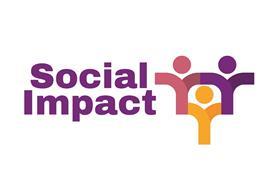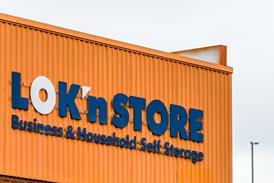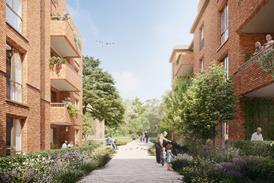Property has had a largely dismal time in the past 18 months. Some of the UK’s biggest REITs reported £7bn of losses for the year to 31 March, several open-ended funds threw in the towel and there was the realisation that government was on the side of the tenant, not the landlord.

Some sectors, like industrial and social infrastructure, have bucked that trend, but in general weak performance seems set to continue for the next year or so, given strong stagflation pressures and the economy’s likely stop-start nature under Covid rules.
This is a difficult environment in which to appraise asset purchases. Investors seek assets where rents and capital values are likely to grow in real economic terms or to reprice existing assets where growth is unlikely, so the total return is delivered solely from current income and a portion of residual value. Offices and retail are particularly hard to evaluate, as both look deflationary on a macro basis in the context of the internet’s infinite amount of virtual estate.
The problem for real estate investors is that it is very hard to make a real return (as opposed to a nominal, inflationary) cashflow work without anticipating real underlying rental value growth, which we define as ‘g’ in the very simplistic formula: Total real return = i + g – o – where ‘i’ = initial yield, ‘g’ = income/rental growth in real terms and ‘o’ = obsolescence.
When economic growth returns, the last thing the world needs if it is to survive the climate crisis is the level of growth and consumption of the past 50 years – the planet does not have the resources to survive and thrive on this basis. But societies struggle when economic growth disappears or goes negative. Look at Detroit, which fell into disrepair after the economy deflated when car making ceased, and its recent regeneration, driven by new economic activity, residential and commercial construction and all the things that help society but cause major issues for the environment.

The key to a redefined, positive relationship between the growth of society (good for increasing occupation and investment) and a balanced and sustainable environment boils down to redefining the ‘g’ in the above equation real estate investors use.
Can we redefine growth in society and in cashflows to take financial account of environmental and social considerations? It is implicitly there in the obsolescence part of the equation, but if a tradeable credit existed for environmental and social benefits for a building or its management that investors could monetise and factor into cashflows, then total returns would not just be driven by economic growth and consumption and that could start to resolve the conflict we all face.
Hopefully, we can move to a world where cashflows convert explicit positive environmental and social impact into currency, outweighing income growth – which, realistically, can only come from additional consumption or demographic growth. But investors are not yet prepared (or allowed by their own rules) to take account of a financial delta in economic growth that leads to a social or environmental positive.
Hugo Llewelyn is managing director of Newcore Capital































No comments yet